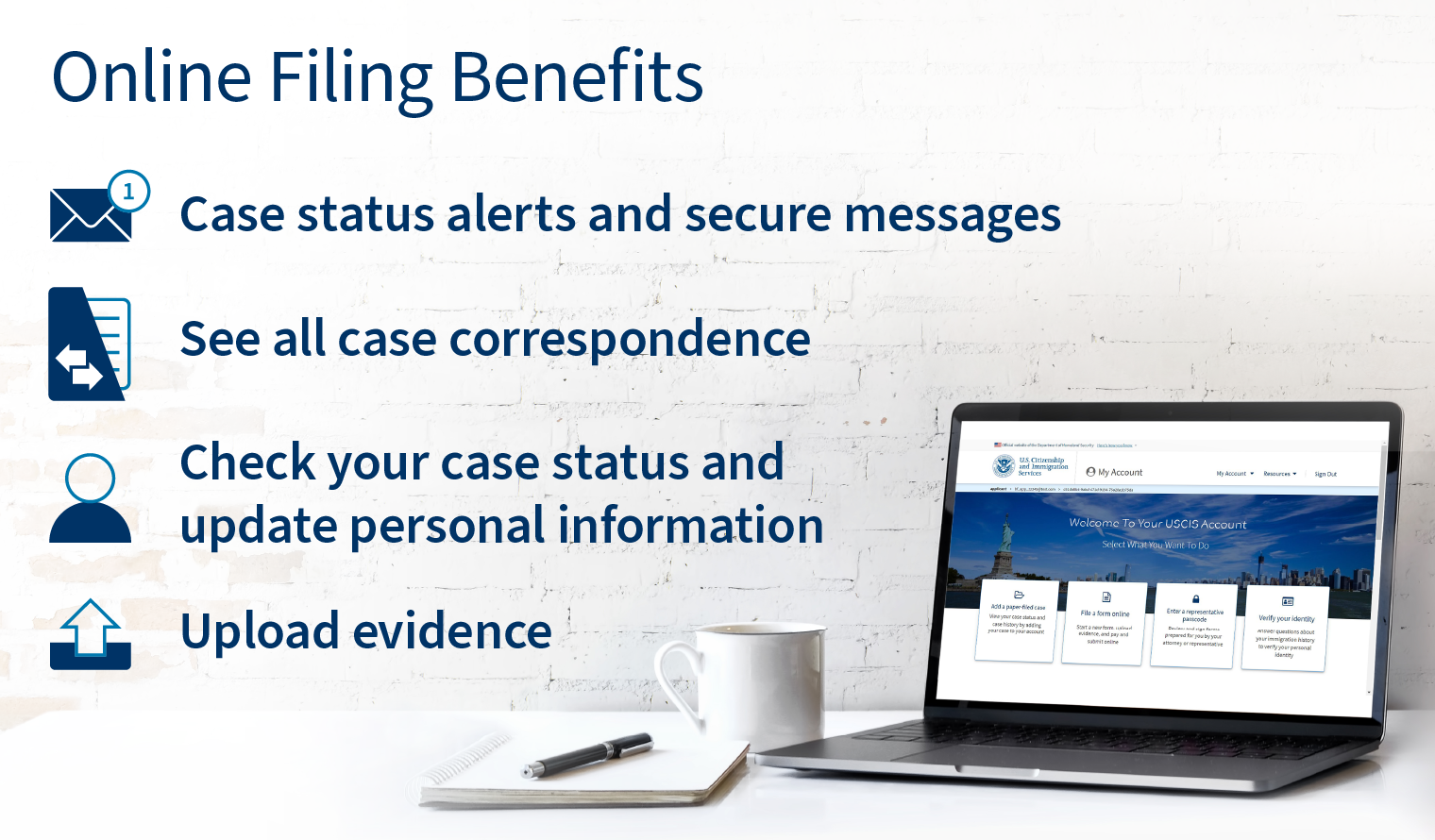Citizenship Timeline 2022 - As of January 2021, approximately 9.2 million immigrants to the United States are permanent citizens (green card holders) eligible to apply for U.S. citizenship.
Citizenship is the process by which an immigrant becomes an American. It has significant economic benefits at the individual, regional and national levels. Naturalized immigrants earn about 10% more annually than noncitizen immigrants (controlling for skills, education, and English fluency), suggesting that citizenship gives skilled immigrants greater freedom to live and work in the U.S., making them more attractive to employers and leads. for high-income jobs.
Citizenship Timeline 2022

A 2015 study of 21 U.S. cities found that if all immigrants qualified for citizenship, total income would increase by $5.7 billion, resulting in more than 45,000 new homeowners and $2 billion in tax revenue. If half of the eligible immigrant population in the United States became citizens, the increased income and demand for homeownership could increase the national income by $45 billion per year.
Changes To The Public Charge Inadmissibility Rule And The Implications For Health Care
However, the barriers to becoming an American have increased over time and are not uniform across the country. The report uses public data collection to assess how the government is addressing citizenship issues at the national level, as well as to understand barriers at the local level.
The report's key findings include: The coronavirus pandemic has exacerbated systemic problems and worsened the country's fears.
March 18, 2020 - Due to COVID-19 - USCIS has canceled personal interviews and oath ceremonies for immigrants seeking citizenship. These immigrants have already gone through many naturalization processes after months, sometimes years, of waiting for the naturalization process to be completed. Nationwide, more than 100,000 citizenship applicants are already in limbo, and thousands more will be added within a month.
The amount of applications received varies from year to year, but rarely. However, before elections, their numbers usually increase significantly. From July to September 2020, citizenship data shows that about 35% more people applied for U.S. citizenship than during the same election period in 2016. It is estimated that as many as 300,000 people may be eligible to vote in the 2020 election. , including several Senate elections, but not possible due to the suspension of citizenship services.
Eb 3 Visa: Complete Guide [2022]
Even before the COVID-19 pandemic disrupted the immigration system, the demand for US citizenship was higher in previous years than in 2016-2017. But as the requirements grow, so do the processing times, and the problem of citizenship grows throughout the country.
As of the end of August 2022, the processing time for citizenship applications has reached almost 18 months, which is twice as long as in 2012 and 2016.
These processing times have increased because the government has been unable to keep up with the volume of revenue requests, which has worsened as the COVID-19 pandemic has reduced staffing, hours and capacity. After a 2-year increase in 2016-2017, the number of applicants for citizenship decreased slightly in 2018 and 2019, only to rise again to historical levels from 2020 to present.

In 2022, about 14% of applicants for citizenship were rejected. That rejection rate was about the same a decade ago — 13% in 2009 — and has declined briefly in the past few years, but has risen sharply since the pandemic. Being an American is more difficult in some places than in others.
Processing Times For U.s. Passports
Even before the COVID-19 slowdown, immigrants seeking citizenship faced an uncertain and difficult situation. The USCIS Office of the United States processes citizenship applications in a variety of ways, with different processing times, many of which have increased over the past few years.
Immigrants in some cities face waiting times more than four times longer than other cities. In Seattle, WA, the average processing time as of September 2022 was 19 months, while in Helena, Montana, applications can be processed in 11 months. Some cities, such as New York, Miami and San Francisco, have four or five offices a state where immigrants can participate in citizenship talks (which were suspended for several months during the pandemic). Many other cities — especially in the Midwest — have no field offices at all, and immigrants sometimes have to travel more than 150 miles to the nearest city. Immigrants in certain cities, such as Los Angeles and San Bernardino, are denied citizenship without cause at a rate twice the national average (about 13%).
The table below shows the average and minimum wait times for USCIS field offices serving a specific metro area.
Meanwhile, the fastest growing city in September 2022 was Helena, Montana, which took about 11 months to apply for citizenship, followed by Portland, Maine, and Manchester, New Hampshire. The city with the shortest processing time was Christiansted, Virginia, which took about 25 months to apply for citizenship in September, followed by Seattle, Washington, and New Orleans, Louisiana.
State Of New American Citizenship Report
The top three states with the largest number of US citizens are California, New York and Florida. The 10 countries with the right to citizenship account for 67% of all permanent residents eligible for citizenship by 2022.
First, consider the basics: There are about 9.2 million immigrants in the United States who are eligible for U.S. citizenship, but fewer than 1 million apply each year. Most of the barriers to citizenship are more or less fixed: given the high application fees and citizenship and English language tests, it is less expensive and time-consuming for most people to renew their green cards every 10 years than the naturalization process.
The number of applicants for citizenship fluctuates from year to year, usually rising in election years — or before application fees go up — and then falling sharply the following year. An extraordinary thing happened in 2016 and 2017: The volume reached almost 1 million units of demand for 2 years in a row. This trend was also true in 2019 and 2020, but it decreased in 2021.

The number of applicants for citizenship has dropped to 789,000 in 2021, from 1 million in 2020.
Application For Citizenship And Issuance Of Certificate Under Section 322
Although the volume of processing increased in 2019, the suspension of processing applications due to COVID-19 has resulted in a backlog of applications expected to increase, with more than 800,000 applications pending by the end of 2021.
USCIS, the federal agency responsible for processing citizenship applications, has sued, saying backlogs have more than doubled under the Obama administration. That's right: unemployment rose from 292,000 in September 2010 to more than 636,000 when Donald Trump took office in January 2017.
But USCIS also said that the increase in applications in 2016 and 2017 created "unprecedented jobs". Looking back over the last 30 years shows that this is not true.
In 2007, citizenship applications reached 1.4 million, far exceeding recent increases. This was largely due to an 80% increase in application fees that year and an increase in the number of new immigrants who received their green cards over the past five years under the Legal Immigrant Community (LIFE) Act. of 2000.
Eb 5 Visa Timeline & Process
USCIS responded the following year by increasing the amount of processing, and the backlog decreased to 30 years below 257,000 in 2009.
In the mid-1990s, there was an "unprecedented surge" in naturalization applications, due in large part to an increase in eligibility for newly qualified immigrants who received green cards under the Immigration Reform Act of 1986 (known as and as IRCA). "Reagan Amnesty"). Between 1995 and 1998, there were 900,000 requests, and in 1997 it reached 1.4 million. Although delinquencies exceeded 2 million in 1997-1998, USCIS responded with a relatively large increase in processing, most notably delinquencies in 1999-2000.
Data shows that if USCIS allocates enough resources to increase citizenship, it is possible to significantly reduce the backlog during the year. This happened in 2000, 2007 and again in 2012.

On the other hand, delays can get out of hand when USCIS fails to provide adequate resources. That's what happened in the mid-90s, and it looks like it's going to happen again.
Palestinian Nationality And Citizenship Timeline
Another way to examine this issue is to measure how well USCIS clears its backlog. If USCIS processes citizenship applications in a given year, plus pending applications from the previous year, this provides 100% "back completion".
In fact, USCIS reached a 77% completion rate in 2009, a 30-year high, and that number has declined since then. Between 2016 and 2017, there was a 10-point drop in backlogs (from 63% to 53%), but backlogs ended at 67% in 2019, after a sharp drop in 2020 to 47%.
Military drone range, laser range finder military, military range bags, military range targets, long range military radio, military radio range, military range finder, military long range binoculars, range rover military discount, military range rover, range of military drones, military range bag


0 Comments